Review
Running on compressed natural gas could be good for business but UK lack of refuelling points may block progress for the Volkswagen Caddy.
Could running a van fleet on gas be a feasible and cost-effective option for your business? Volks-wagen thinks it could be, particularly if vehicles are based in an urban area.
Volkswagen believes LCV operators in the UK could see a benefit from switching to gas, but there is one immediate problem: a lack of a compressed natural gas (CNG) refuelling infrastructure.
Unlike Germany and Italy, in the UK there is only a handful of public CNG refuelling points.
This is manageable if you are able to install CNG refuelling points at a depot, and some gas companies offer incentives where the cost of the installation can be offset and reclaimed by a supplement on the price of the gas.
Beyond infrastructure, there are few other negatives, perhaps with the exception of payload.
Gas tanks can account for 10% of the vehicle’s weight, but that should still ensure most jobs a diesel van is used for could be done by a CNG one.
CO2 emissions are typically equivalent to diesel vans, with fewer harmful particulate emissions.
It’s possible to use bio-methane created from waste straw in agriculture, which is more sustainable and has a much lower carbon impact than using natural gas from the network.
Range is also comparable to diesel, as well as performance.
The latest Caddy CNG is a year into its lifecycle, and there are no plans currently to introduce a right-hand drive version.
But Volkswagen says it has been talking to some UK fleets about alternatives to electric vans, where there are issues around staff who take vehicles home at night being unable to charge them.
If UK fleets show sufficient interest, the next-generation Caddy CNG could be engineered for right-hand drive from the outset.
The Caddy TGI is available in standard or Maxi body styles, and in panel van or people carrier versions.
Maxi versions are able to carry 32kg of CNG (around 202 litres), with the standard ones loaded at 25kg (around 158 litres) when full.
This should be enough for up to 534 miles or 391 miles respectively according to the official NEDC figures, including a 13-litre reserve of petrol.
Gas is measured and delivered in kg, with 1kg having equivalent energy value to 1.3 litres of diesel and 1.5 litres of petrol.
The vans are not classed as bi-fuel, as the petrol tank really is only a reserve, or used to start the van in extremely cold temperatures (below -10ºC), and switches to gas automatically when the engine is warm.
CO2 emissions are 112g/km (standard) and 116g/km (Maxi) for six-speed manual versions, or 123g/km and 126g/km for those equipped with the optional DSG automatic.
The diesel Caddy Bluemotion has CO2 emissions of 114g/km.
Many fleets will be familiar with the latest Caddy, and it’s an exceptional small van.
The 1.4 TGI version is smooth to drive, and quieter than a diesel version, if lacking a little in mid-range punch.
The TGI produces 81kW and 200Nm of torque, the latter available between 1,500 and 3,500rpm.
Load volume and capacity are unaffected by gas tanks, which are stored under the floor, although payload is reduced by around 100kg on the Maxi over a petrol Caddy.
The standard wheelbase TGI does not suffer a penalty because of a higher GVW relative to the petrol.
The Caddy CNG offers a respectable alternative to diesel for a number of fleets seeking to reduce their emissions beyond what can be achieved through best practice in other areas of the business, with similar performance and range.
The lack of right-hand drive will be off-putting, however.
Model tested: Volkswagen Caddy 1.4 TGI



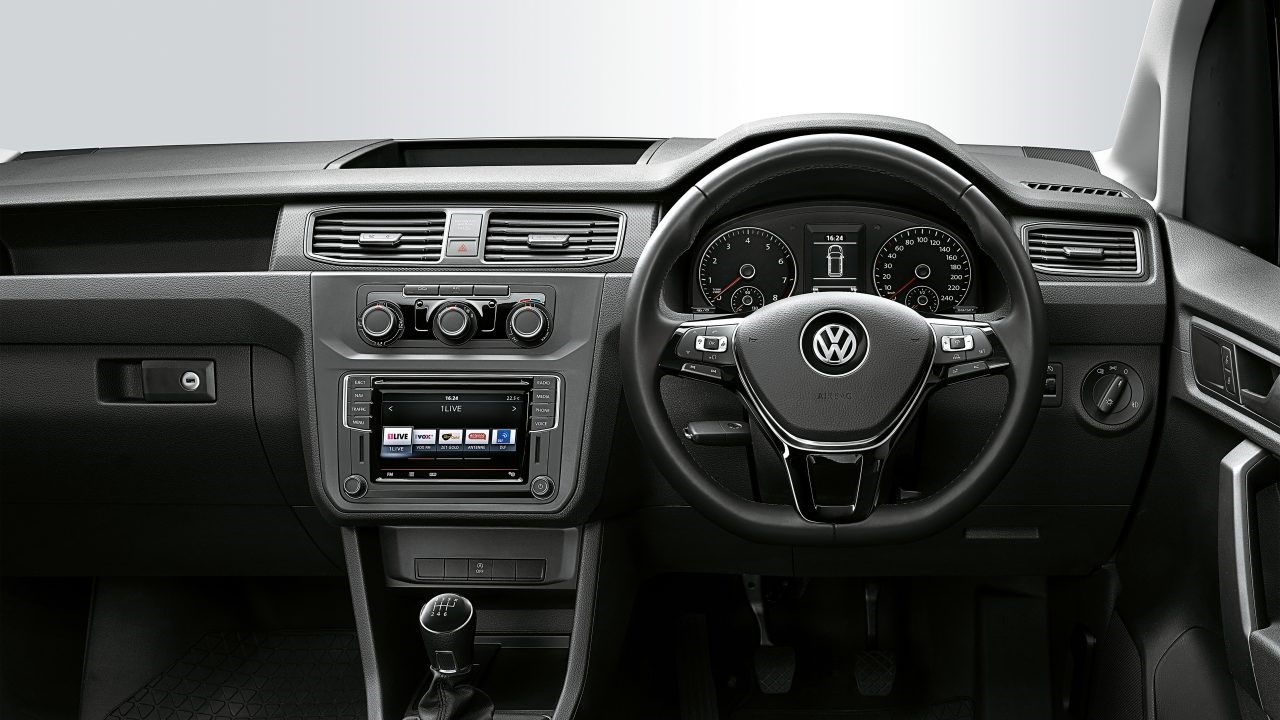
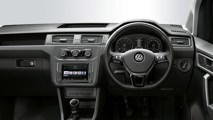
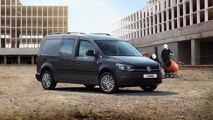
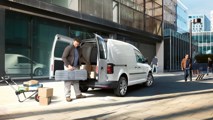
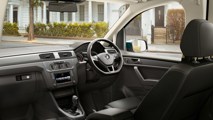
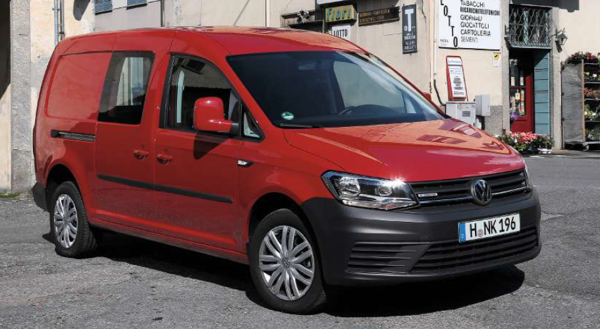
 Diesel
Diesel
 Petrol
Petrol












